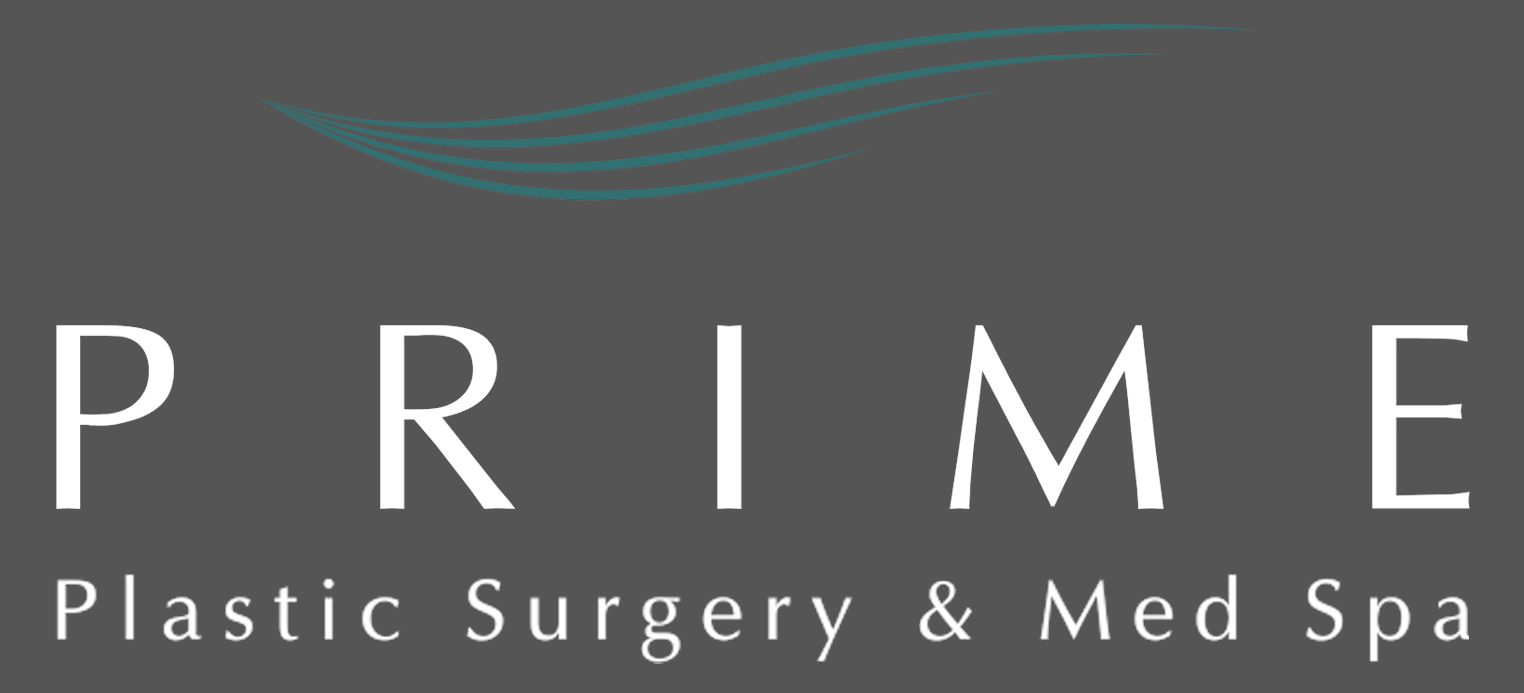Saline Implants
Saline implants have a silicone rubber shell that is inflated to the desired size with sterile saline. The implants are placed under the pectoralis muscle deflated and therefore, the incision used for this type of implant is minimal. These implants can be overfilled to achieve a more rounded appearance. The FDA has approved the saline breast implants for breast augmentation/breast reconstruction surgery for all patients: Approval On May 10, 2000, the FDA approved saline-filled breast implants manufactured by Mentor Corporation and McGhan Medical. To date, all other manufacturers’ saline-filled breast implants are considered investigational. Saline implants have some advantages over silicone implants. Silicone implant ruptures are harder to detect. When saline implants rupture, they deflate and the results are seen almost immediately. When silicone implants rupture, the breast often looks and feels the same because the silicone gel may leak into surrounding areas of the breast without a visible difference. Patients may need an MRI to diagnose a silicone gel rupture. Saline implants are also less expensive than silicone gel implants.
Silicone Implants
Silicone implants have a silicone rubber shell that is filled with a fixed amount of silicone gel. Most silicone gel-filled implants are not adjustable and therefore, the incision used to place the silicone gel implant is larger than the incision needed for saline implants. The silicone gel implant cannot be overfilled – it comes in an exact size that cannot be manipulated. Silicone implants vary in shell surface (smooth/textured), shape, profile, volume, shell thickness, and number of shell lumens. Some surgeons feel that silicone implants have a more natural look and feel than saline implants because silicone gel has a texture that is similar to breast tissue. Each patient differs in the amount of breast tissue that they have. If a patient has enough breast tissue to cover the implant, the final result will be similar when comparing saline implants versus silicone gel implants. If a patient has very low body fat and/or very little breast tissue, silicone gel implants may provide a more natural result. As of 2006, the FDA has approved the use of silicone gel implants manufactured by the Mentor Corporation and Allergan (formerly McGhan) for breast augmentation surgery for patients over the age of 22.
Pros and Cons
Both saline and silicone breast implant fillers have pros and cons that must be weighed when making your decision. An advantage of saline breast implants is that, if ruptured, the saline (salt solution) is absorbed by the body. In contrast, silicone gel may stay inside the implant shell or leak outside of the shell if it ruptures. If a saline breast implant ruptures it is noticeable, because the implant deflates. This is not necessarily the case with silicone breast implants. Sometimes there are no obvious symptoms when a silicone-gel implant ruptures. This problem, referred to as “silent rupture”, was one of the concerns expressed by the FDA. As a result, the FDA recommends that women with silicone-gel-filled implants must undergo magnetic resonance imaging (MRI) three years postoperatively, then every two years to check for ruptures. These imaging exams should start three years after your breast implant surgery. Silicone implants must be removed if they rupture. Other differences involve how the breast implants are filled. Saline implants are filled after they’re implanted, so saline implants require a smaller incision than prefilled silicone breast implants. Also, many saline implants can be adjusted after surgery. The doctor can use a syringe to put in more liquid or take it out. The size of standard pre-filled silicone implants cannot be changed.
Today’s silicone gel-filled implants can be placed in any of the various implant placement positions:
- sub glandular (over the muscle)
- partial submuscular (the top 2/3 is covered by the muscle)
- complete submuscular (under the muscle)
Saline implants, due to their greater tendency for rippling and wrinkling, most frequently are placed in the submuscular position.



